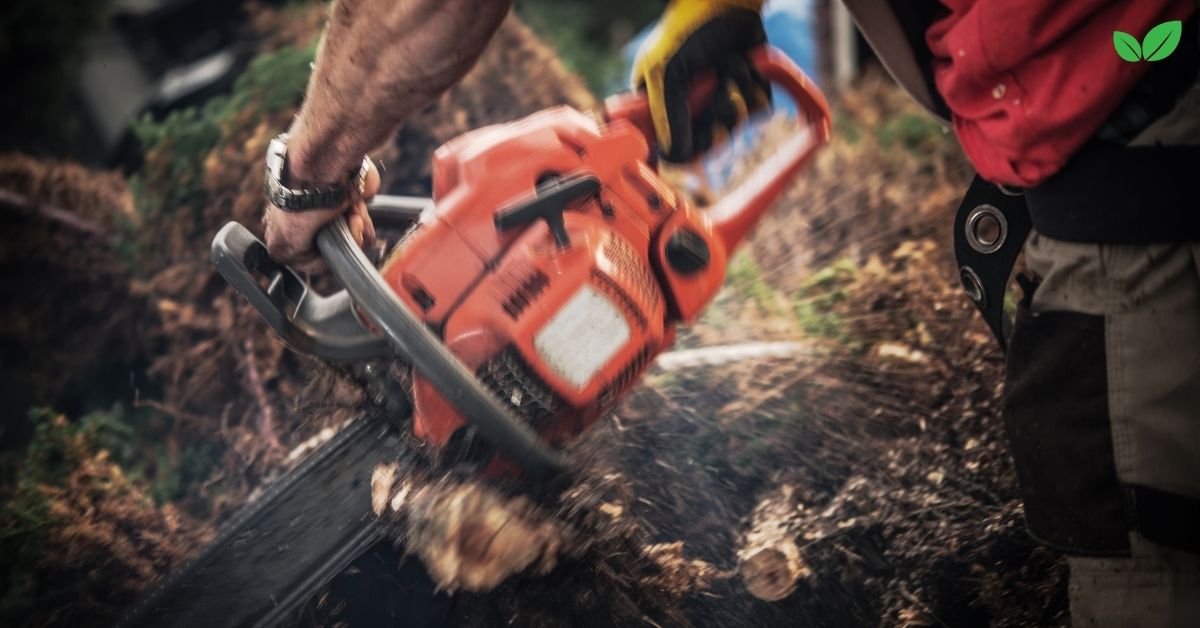The removal of junipers is a critical ecological practice in land management and conservation, particularly in the western United States, where juniper (Juniperus spp.) has spread significantly, altering grasslands, shrublands, and open woodlands. While junipers are valuable native species, their rapid expansion—often accelerated by human impacts—has led to ecological challenges. The removal of junipers is now seen as an important strategy for addressing issues like biodiversity loss, water depletion, and soil changes, all of which stem from the unchecked spread of these trees.
This article explores why the removal of junipers has become necessary, the ecological niche and benefits junipers provide, the impact of their overgrowth, and effective methods and strategies for removal of junipers that support ecosystem health. Understanding these impacts highlights the balance between managing native species and maintaining ecosystem stability.
1. Introduction to Juniper Trees and Their Ecological Role
Junipers are evergreen conifers from the Cupressaceae family, found across North America, Europe, and Asia. In the western United States, species such as western juniper (Juniperus occidentalis), Utah juniper (Juniperus osteosperma), and Ashe juniper (Juniperus ashei) dominate the landscape, contributing significantly to ecosystem biodiversity, soil stabilization, and habitat creation. However, when they spread unchecked, they disrupt these same ecosystems, leading to removal of junipers as a tool for ecological restoration.
Removal of junipers has emerged as a management practice aimed at restoring balance, as their spread has been intensified by factors such as fire suppression and climate change.
2. Causes of Juniper Expansion and Overgrowth
The increase in juniper coverage and density is largely driven by human-influenced changes that have altered natural fire cycles, soil composition, and land cover.
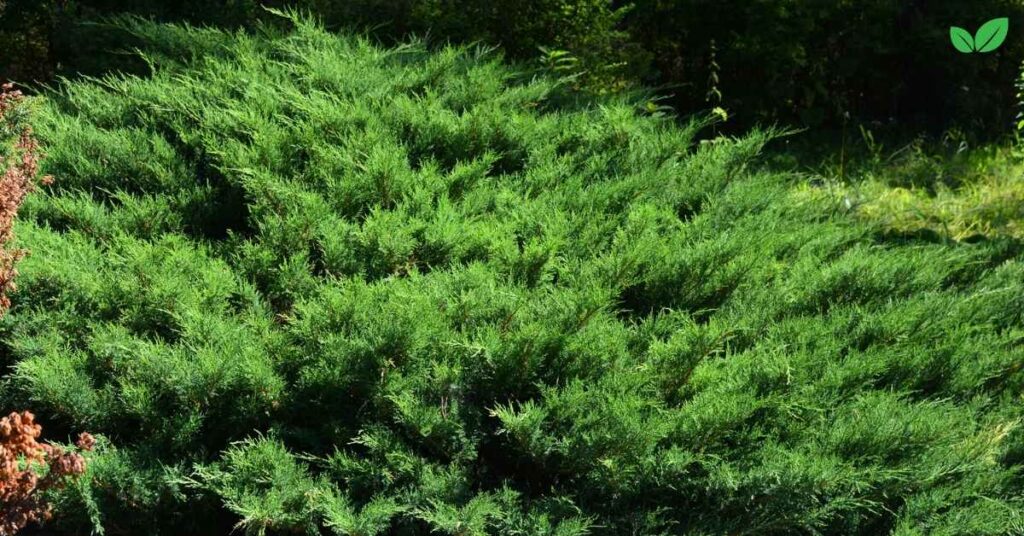
2.1 Fire Suppression and Land Management Practices
Historically, natural fires acted as a control on juniper growth, maintaining the balance across grasslands, shrublands, and woodlands. Fire suppression over the past century has allowed juniper populations to expand and create dense, unbroken stands, leading land managers to turn to removal to restore historical balance.
2.2 Climate Change and Altered Precipitation Patterns
Climate changes, especially prolonged droughts, favor drought-resistant species like junipers, contributing to their expansion. In response, removal of junipers is practiced to prevent them from monopolizing water resources and to enable other native species to thrive.
2.3 Overgrazing and Soil Disturbance
Overgrazing removes grasses and shrubs that compete with juniper saplings, allowing junipers to spread rapidly. To counteract this, land managers implement removal of junipers to restore the balance of grasses, shrubs, and trees in these ecosystems.
3. Ecological Niche and Role of Junipers
Junipers play important roles, such as providing wildlife habitats, stabilizing soil, and influencing nutrient cycles. Despite these contributions, the removal of junipers is considered when their overgrowth threatens the balance of the ecosystem.

3.1 Wildlife Habitat and Food Source
Junipers serve as essential food sources and habitats for many species. However, when junipers become overgrown, they reduce diversity. Thus, selective removal supports biodiversity by promoting varied vegetation for herbivores, birds, and other wildlife.
3.2 Soil Stabilization and Erosion Control
Junipers stabilize soil with their deep roots, preventing erosion. However, where juniper populations have expanded excessively, removal of junipers may be necessary to encourage grasses and other plants that contribute to a balanced nutrient cycle.
3.3 Water Use and Soil Chemistry
Junipers use significant water resources, often to the detriment of other plant species. In arid regions, their spread can lead to water scarcity. Thus, the removal helps ensure that water resources are available for a broader range of plant life, supporting ecosystem resilience.
4. Impact of Juniper Overgrowth on Ecosystems
While junipers have ecological value, their unchecked expansion can have severe ecological effects, which has led to the increased practice of removal of junipers.

4.1 Reduction in Biodiversity
Junipers can crowd out other plant species, reducing overall biodiversity. Removal of junipers in overgrown areas allows diverse species of grasses, shrubs, and wildflowers to flourish, supporting a greater variety of herbivores, pollinators, and other organisms.
4.2 Water Resource Depletion
Due to their water-intensive nature, junipers can reduce available water in the soil, especially in arid climates. Removal of junipers can restore soil moisture, benefiting other plant species that compete for these limited resources.
4.3 Increased Fire Hazard
Dense juniper stands increase wildfire risk due to their flammability. Controlled removal of junipers lowers fuel loads, reducing fire intensity and protecting wildlife, communities, and the ecosystem from destructive wildfires.
5. Reasons for Removal of Junipers
The removal offers ecological, economic, and safety benefits, including restoring grasslands, conserving water resources, and reducing wildfire risks.
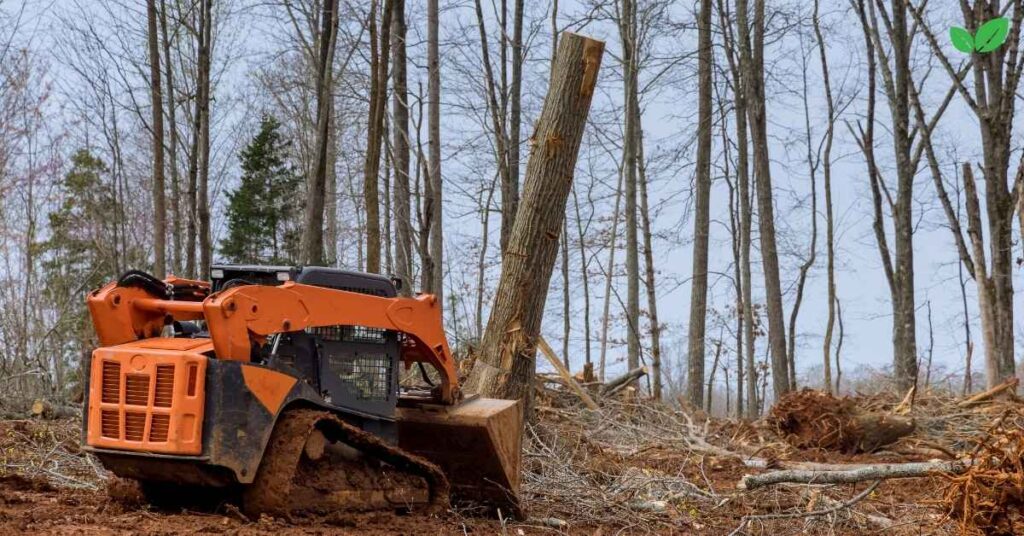
5.1 Restoring Grasslands and Shrublands
A primary objective of the removal is to restore ecosystems to their historical grassland and shrubland states. Restoring these habitats is crucial for numerous wildlife species and benefits the ecosystem as a whole.
5.2 Enhancing Water Availability
The removal of junipers increases water availability by reducing the competition for groundwater. This restoration of water availability improves plant health and supports agriculture and biodiversity in semi-arid regions.
5.3 Reducing Fire Risk
By practicing the removal of junipers, land managers can reduce wildfire intensity, creating safer conditions for human populations and ecosystems alike.
6. Methods of Removal of Junipers
Several techniques are used for the removal of junipers, each suited to specific goals and conditions. These methods are selected based on juniper density, terrain, and ecological goals.
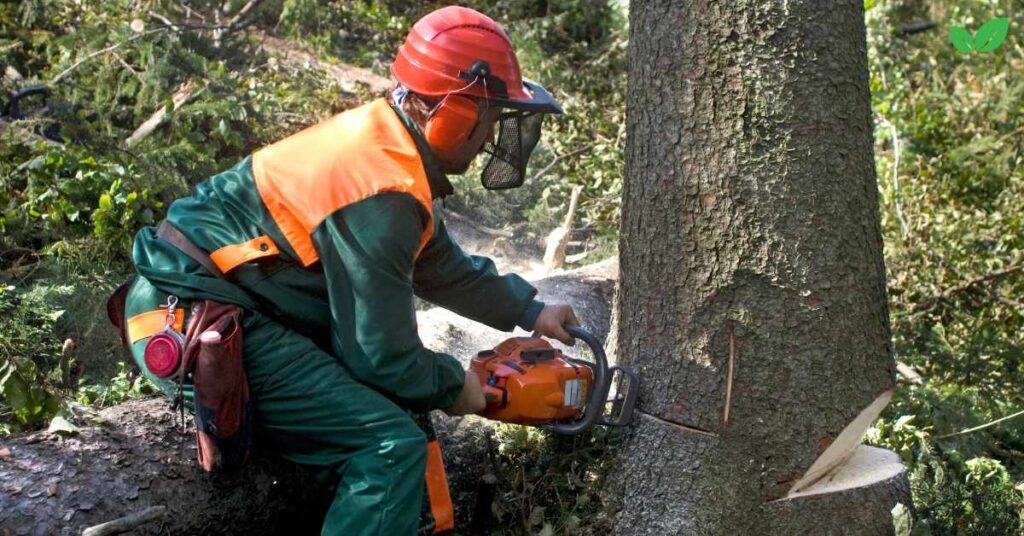
6.1 Mechanical Removal
Mechanical removal involves heavy equipment to clear large stands quickly. While effective, it may disturb soil, so this method is often paired with erosion control and reseeding.
6.2 Prescribed Fire
Prescribed burning is a natural method of removal of junipers that restores balance by reducing sapling density. This method must be carefully managed to prevent unintended damage and is often used for juvenile junipers that have not yet established extensive root systems.
6.3 Chemical Treatments
In cases where other methods are impractical, targeted herbicides are used for the removal. Chemical treatments are applied carefully to avoid harming native plants and are generally a last-resort measure.
6.4 Manual Removal and Thinning
Manual removal of junipers is labor-intensive but effective for targeted thinning. It minimizes soil disturbance and is ideal for environmentally sensitive areas.
7. Ecological Benefits and Outcomes of Removal of Junipers
When managed effectively, the removal of junipers can lead to increased biodiversity, water recovery, and reduced fire risks.
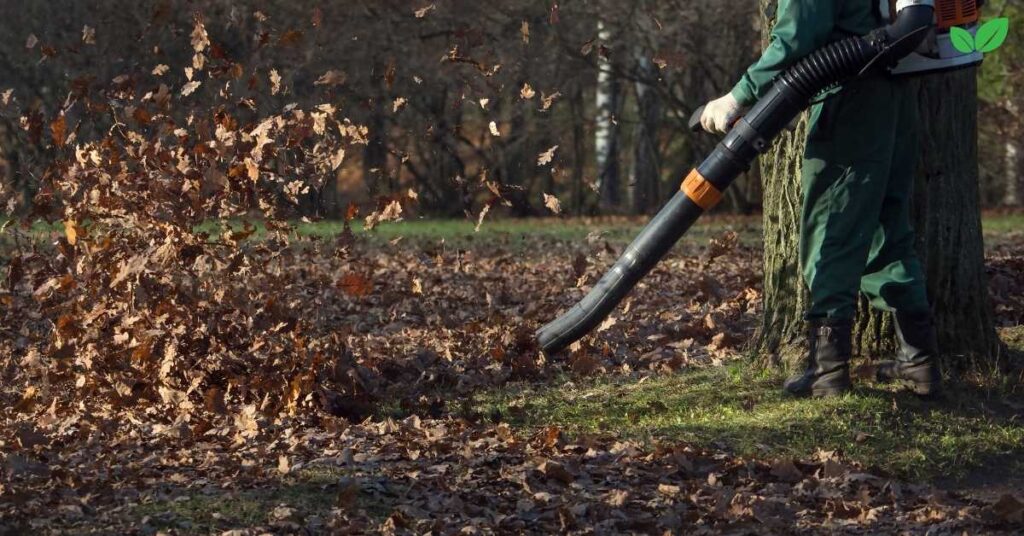
7.1 Increased Plant Diversity
With removal of junipers, native plants like grasses, shrubs, and wildflowers have room to flourish, creating a more balanced ecosystem and supporting a diverse range of wildlife.
7.2 Improved Habitat for Wildlife
The removal of junipers restores suitable habitats for species that rely on open landscapes, enhancing ecosystem health and supporting grassland birds, pronghorns, and sage-grouse populations.
7.3 Enhanced Water Resources
Removal of junipers restores groundwater levels, improving soil moisture and supporting healthy riparian zones that benefit plant and animal communities.
7.4 Reduced Soil Erosion
With reduced juniper density, grasses and shrubs establish root systems that stabilize soil. This outcome of removal of junipers prevents erosion and helps maintain soil nutrients.
8. Challenges and Considerations in Removal of Junipers
Though beneficial, removal can have unintended consequences. Managing these challenges ensures long-term success and ecosystem health.
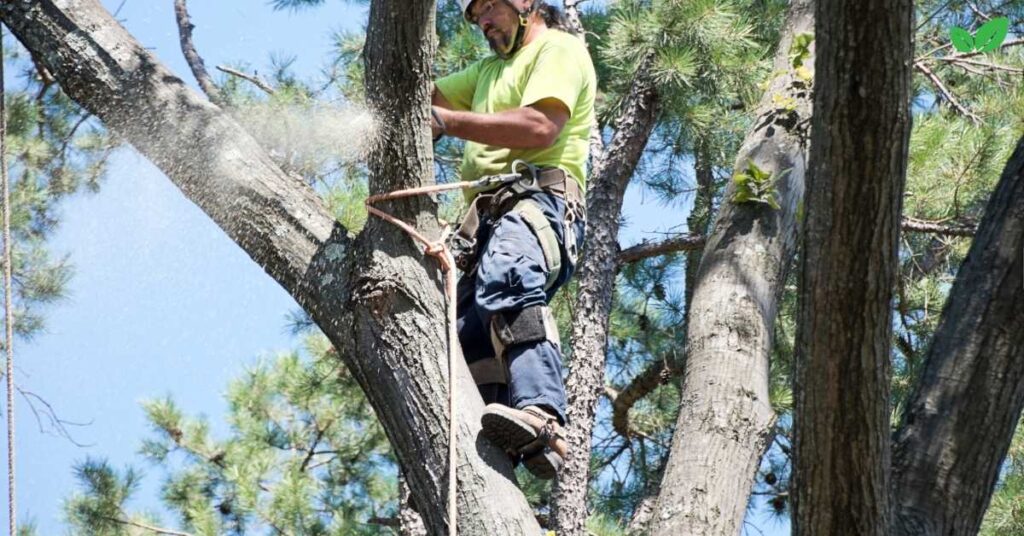
8.1 Balancing Ecological Roles and Management Goals
Careful management is required to balance the benefits of removal of junipers with maintaining sufficient trees for wildlife habitat. Selective thinning often provides a solution.
8.2 Invasive Species Concerns
The soil disturbance caused by removal of junipers can favor invasive species. Land managers may need to reseed areas with native plants to maintain ecosystem health.
8.3 Long-Term Maintenance
Long-term maintenance is essential following removal to prevent regrowth. Controlled burns, selective thinning, and monitoring ensure that the landscape remains balanced.
9. Conclusion: The Importance of Responsible Removal of Junipers
The removal of junipers is a valuable tool for restoring ecosystems impacted by fire suppression, overgrazing, and climate change. Responsible removal of junipers can enhance biodiversity, conserve water, and reduce wildfire risks, supporting the health of grasslands and shrublands. Through informed management and conservation, removal serves as an essential practice for sustaining balanced ecosystems, ensuring the well-being of native species, and preserving landscapes for future generations.
Read More: Butte Valley National: An Exploration of Ecological Significance and Conservation Efforts

